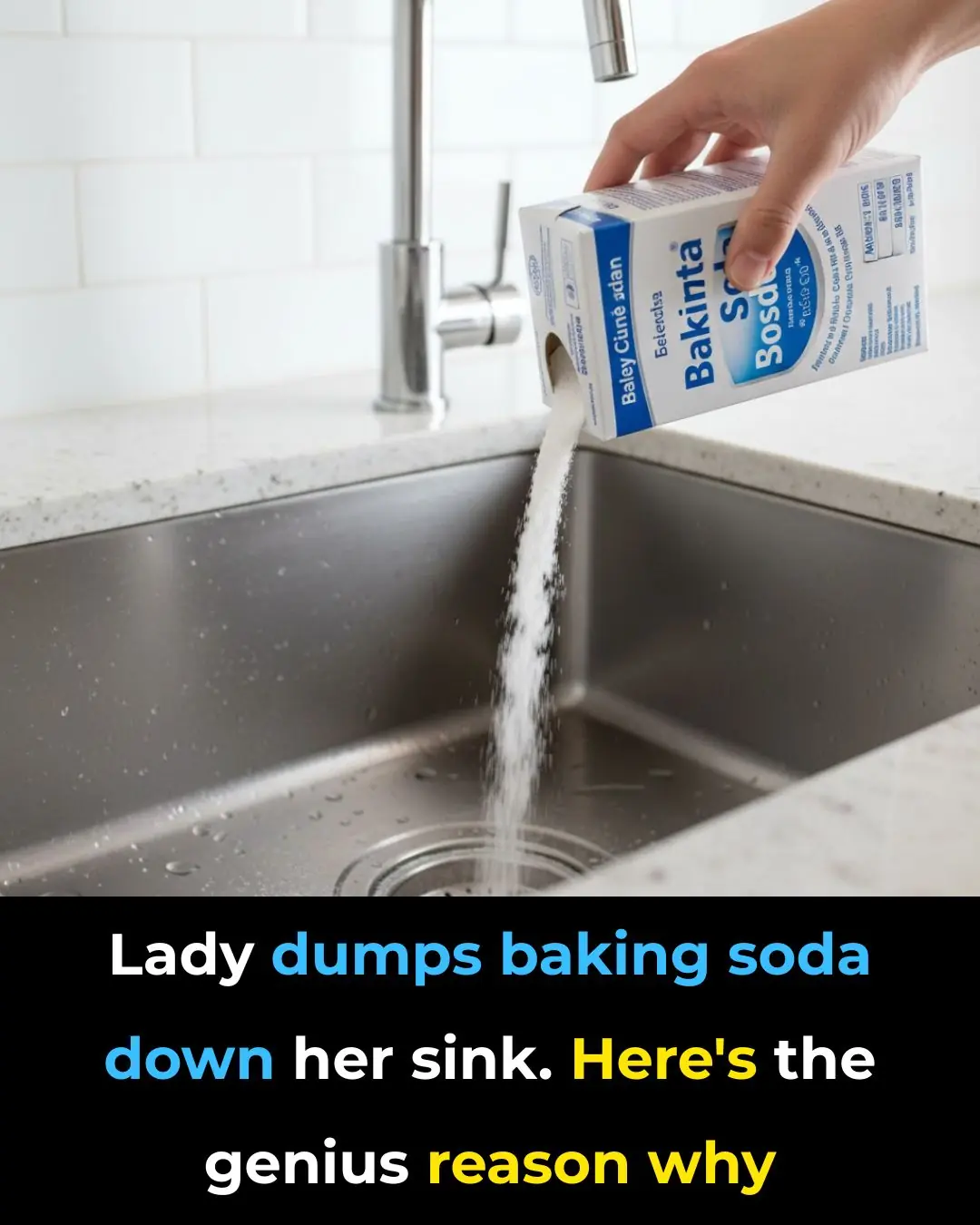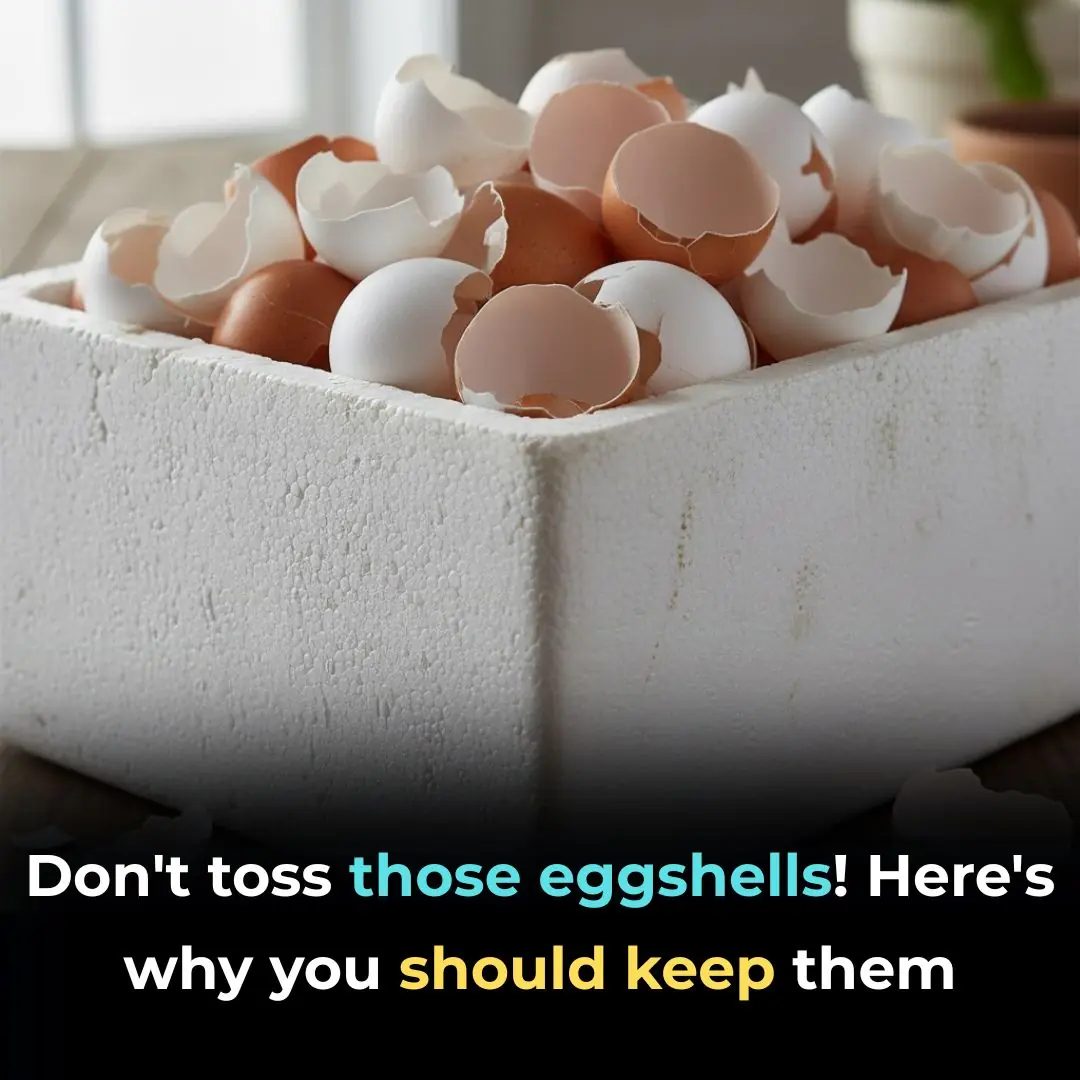
You are doing it all wrong. Here's the right way to clean hardwood floors Georgia Lynn Contributing Writer
Hardwood floors exude timeless elegance and significantly increase the value of your home. However, maintaining their beauty requires more than a quick sweep. Many homeowners unintentionally damage their hardwood floors by using improper cleaning methods. Whether it’s using too much water, the wrong cleaning products, or neglecting everyday protection, these mistakes can lead to costly repairs, scratches, and loss of the floor’s natural appeal.
This comprehensive guide explores common mistakes in hardwood floor maintenance and provides practical, expert-approved strategies to preserve and enhance their natural beauty. From understanding basic care principles to knowing when to call in professionals, this article equips you with the knowledge and techniques to keep your hardwood floors pristine for years to come.
1. Understanding the Basics of Hardwood Floor Care
Hardwood floors are more delicate than they appear. They can easily absorb moisture, stain, or scratch, making proper care essential. The first step is understanding the type of finish on your floor—whether polyurethane, oil-based, or wax. Each finish demands specific cleaning methods and products, so it’s crucial to identify your finish before establishing a maintenance routine.
Daily maintenance is essential. Sweeping or dust mopping with a microfiber mop prevents dust and dirt from scratching the surface. Prevention is always better than repair: place mats at entryways, use rugs in high-traffic areas, and attach felt pads under furniture legs. These simple measures can drastically reduce the likelihood of scratches and other damage over time.
2. Water: Never Soak, Always Damp Mop
One of the most common mistakes homeowners make is overusing water. Excess moisture can seep into seams, causing swelling, warping, or even mold growth. Always use a damp mop, never a soaking wet one. Wring out your mop until it’s just slightly damp, so no water drips when you lift it.
When mopping, use a gentle hardwood cleaner diluted according to the manufacturer’s instructions. Usually, a few drops of cleaner per gallon of water is sufficient. Mop in the direction of the wood grain to minimize streaks and immediately dry any excess moisture with a soft cloth. For added safety, clean small sections at a time to ensure no water remains on the surface.
3. Vinegar: Always Diluted
Vinegar is a popular natural cleaner, but undiluted vinegar can damage the floor’s finish due to its acidity. If you choose to use vinegar, always dilute it properly. A safe ratio is one cup of white vinegar per gallon of water. This solution effectively removes dirt without stripping the finish.
After mopping with vinegar, wipe the area with a clean, damp cloth to remove residue. Prolonged exposure can dull the floor’s shine. Always test this mixture on a small, hidden area to ensure it doesn’t negatively affect your specific flooring.
4. Vacuum: Soft Settings Only
Vacuuming is key to removing dirt and debris, but using the wrong setting can cause scratches. Avoid vacuums with rotating brush rolls or beater bars, as these can damage wood surfaces. Instead, use a soft brush attachment or a vacuum setting designed for hardwood floors.
Regular vacuuming prevents dirt from embedding in the wood, which can cause lasting wear. High-traffic areas require particular attention. Consider vacuuming at least once a week, or more often if your household has pets or heavy foot traffic.
5. Polishing: Quarterly, Not Frequent
Polishing restores shine and protects your floor’s finish, but over-polishing can create a buildup and dull the wood. Limit polishing to once every three months. Use a high-quality, pH-neutral polish suitable for your floor type.
Before polishing, clean thoroughly to remove all dust and dirt. Apply a thin, even layer with a microfiber mop or cloth, and allow it to dry completely before walking on it. Over-application can cause sticky patches or uneven shine, so less is more.
6. Choosing the Right Cleaning Products
The right cleaning products are essential for protecting your floors. Avoid harsh chemicals or abrasive cleaners, which can strip finishes and damage the wood. Opt for pH-balanced products specifically formulated for hardwood floors.
Always consult the manufacturer’s guidelines or your floor installer’s recommendations. When trying new products, test them in an inconspicuous area to ensure they don’t harm the finish. This extra precaution can prevent costly mistakes.
7. Tackling Stains Safely
Accidents happen. When they do, acting quickly is crucial. For liquid spills, blot immediately with a clean, dry cloth—avoid rubbing, which spreads the liquid and pushes it deeper into the wood.
For stubborn stains, a mild soap-and-water solution works well. For oil-based stains, mix a small amount of dish soap with water and gently clean with a soft cloth. Always dry the area thoroughly to prevent moisture damage and warping.
8. Preventing Scratches and Scuffs
Proactive measures prevent most scratches and scuffs. Mats at entryways, area rugs in high-traffic zones, and furniture pads under chairs and tables can drastically reduce surface damage. Felt pads protect your floors from scratches caused by moving furniture. Rearranging furniture periodically can also prevent uneven wear patterns.
9. Protecting Against Moisture Damage
Moisture is the enemy of hardwood floors. Maintain indoor humidity between 30-50% to prevent wood from expanding or contracting. Use dehumidifiers in summer and humidifiers in winter.
Be vigilant with spills and leaks—address plumbing issues immediately, and use waterproof mats near sinks or entrances. Applying a water-resistant sealant adds an extra layer of protection for long-term durability.
10. Daily Do’s and Don’ts
Daily maintenance keeps your floors looking their best:
Do:
-
Sweep or dust mop with a microfiber mop.
-
Wipe spills immediately.
-
Use area rugs in high-traffic zones.
Don’t:
-
Use steam mops—they can damage the finish.
-
Apply wax or oil-based cleaners on polyurethane floors—they leave residue.
-
Neglect regular dusting and vacuuming.
Following these simple routines prevents small issues from becoming costly problems.
11. When to Call Professionals
Some situations require expert attention. Deep scratches, severe dulling, or water damage are best handled by professionals. Refinishing—a process that sands down the finish and applies a new one—requires specialized equipment and skill to achieve a smooth, even result.
Regular professional inspections can catch issues early, saving both time and money. Hiring experts ensures your floors remain beautiful, functional, and long-lasting.
With proper care and attention, hardwood floors can retain their elegance for decades. By understanding their unique needs, using the right products, and practicing daily preventive maintenance, you can protect your investment and enjoy floors that are as stunning as the day they were installed.
News in the same category

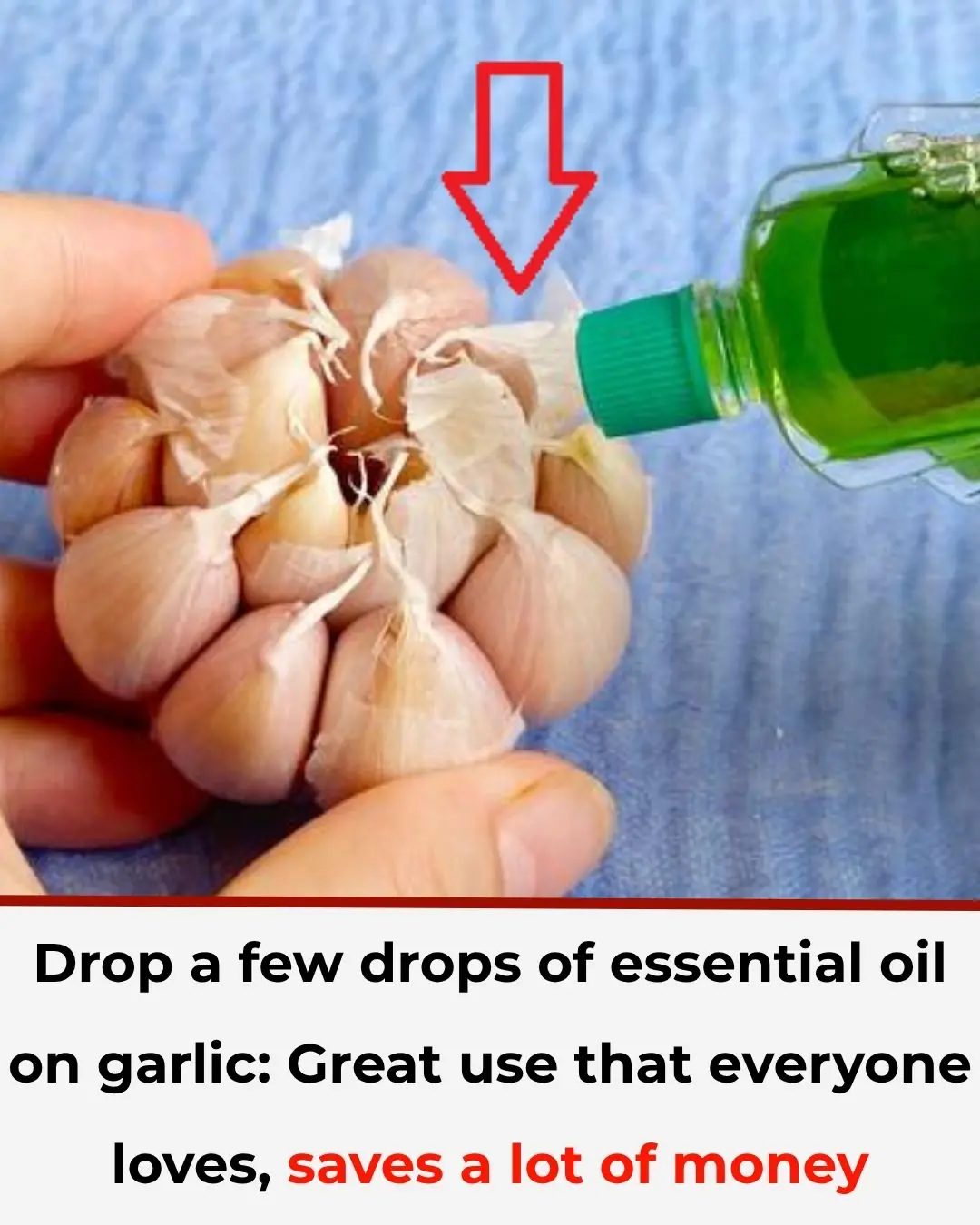
🌿 Add a Few Drops of Medicated Oil to Garlic — The Brilliant Household Trick Everyone Loves!

Did You Know That If These Arrive At Your House It Is a SIGN

Put a cotton ball with VapoRub in your ear & get this remarkable effect

7 foods to prevent premature gray hair, supplement every day to quickly grow long, black and shiny hair

Why do smart people never keep hot and cold water dispensers in the house? The reason is very reasonable
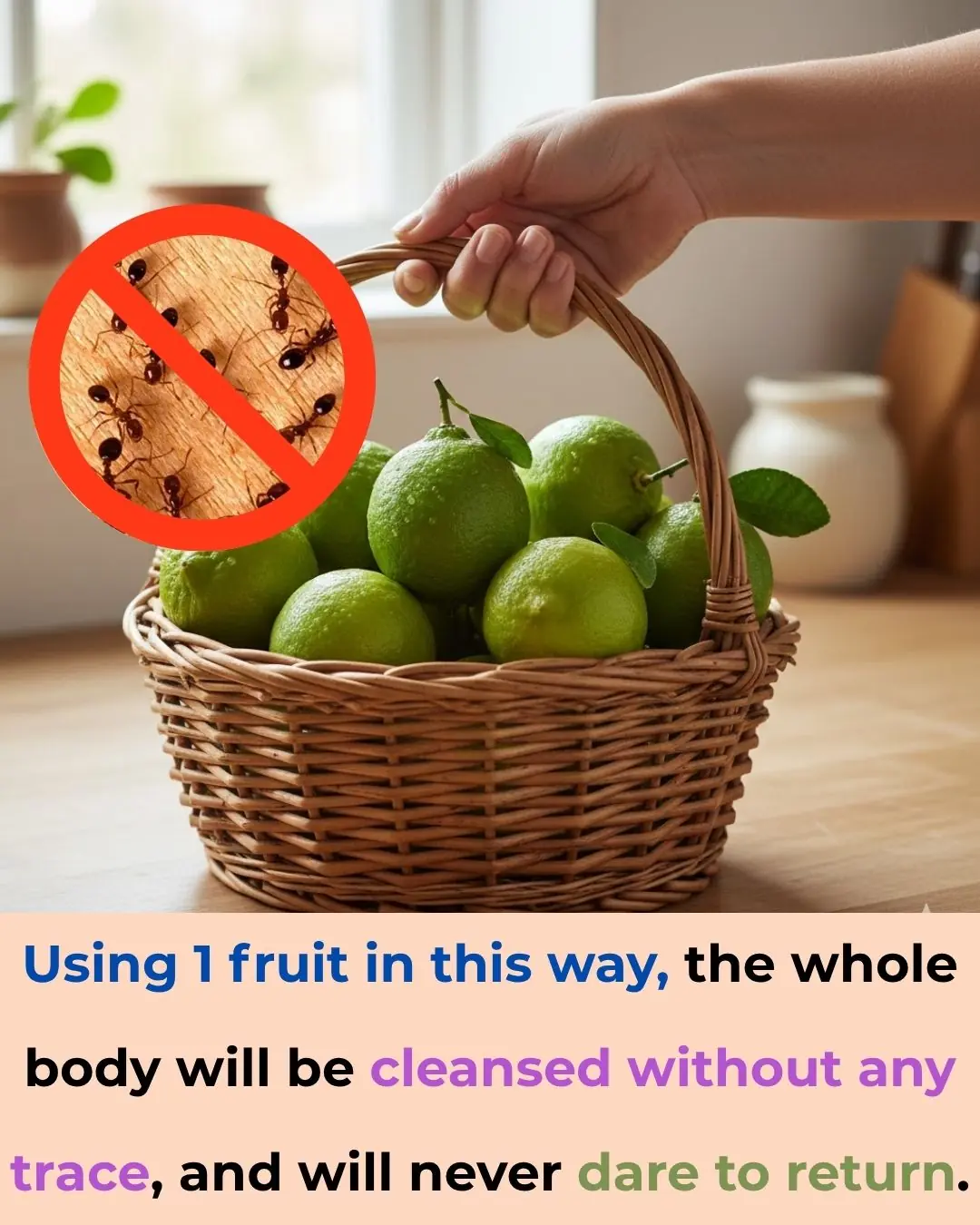
Using 1 fruit in this way, the whole body will be cleansed without any trace, and will never dare to return

The Tiny Hole on a Safety Pin Has a Genius Hidden Purpose

Put Your Shoes in the Freezer — and Discover a Surprisingly Effective Trick
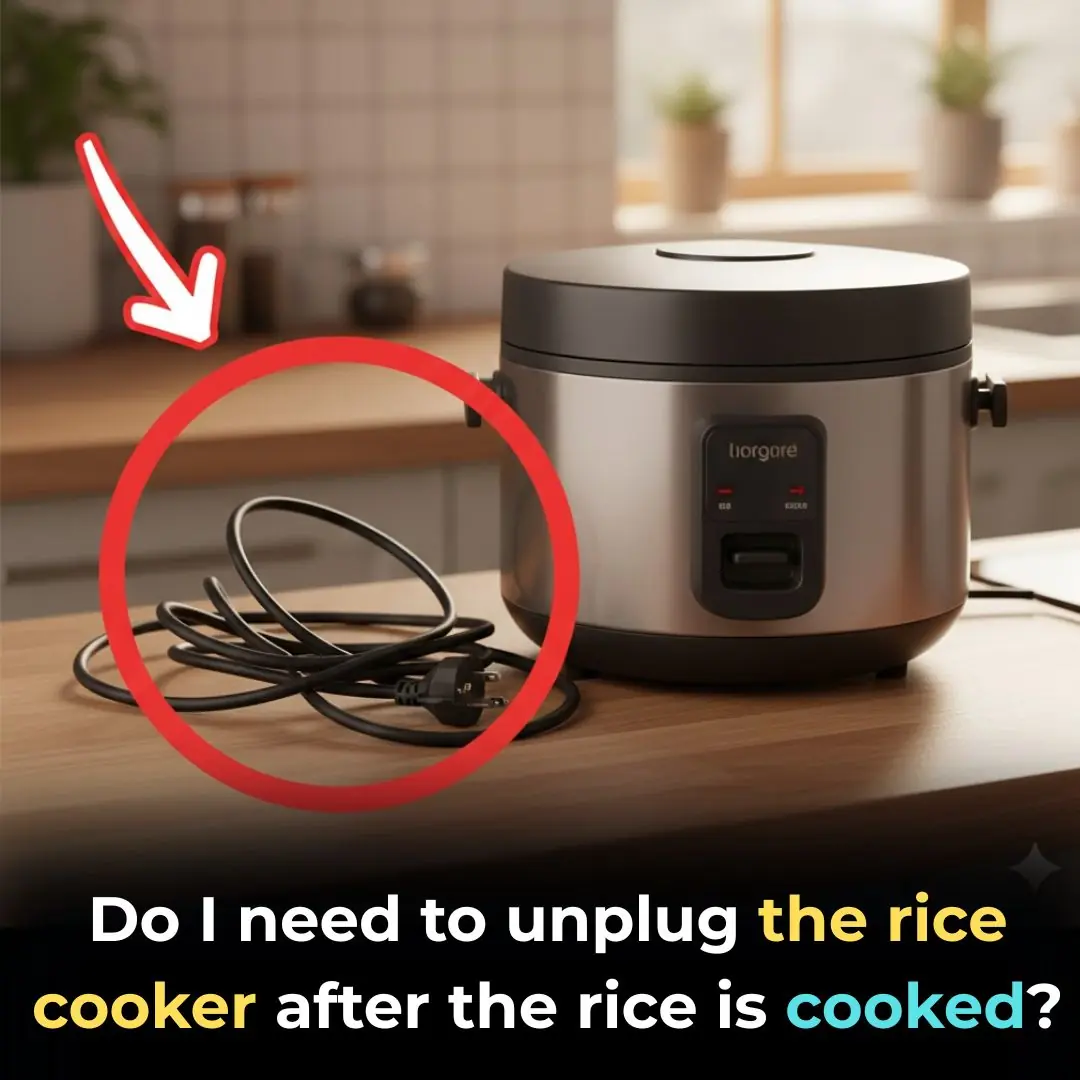
Should You Unplug the Rice Cooker After the Rice Is Cooked?
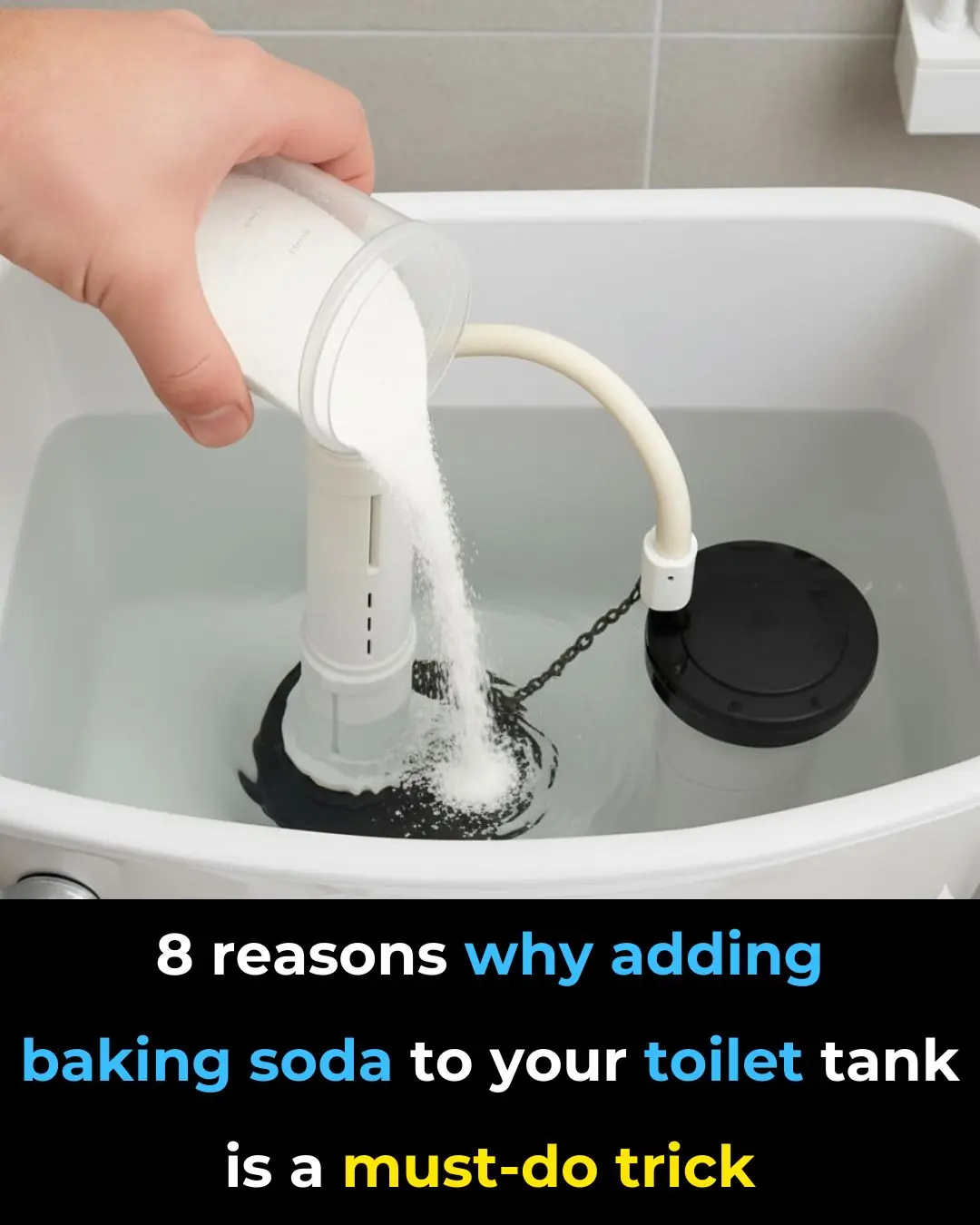
8 reasons why adding baking soda to your toilet tank is a must-do trick

Don’t Boil Chicken with Just Salt and Water—Try This Method for Golden Skin and Juicy Meat
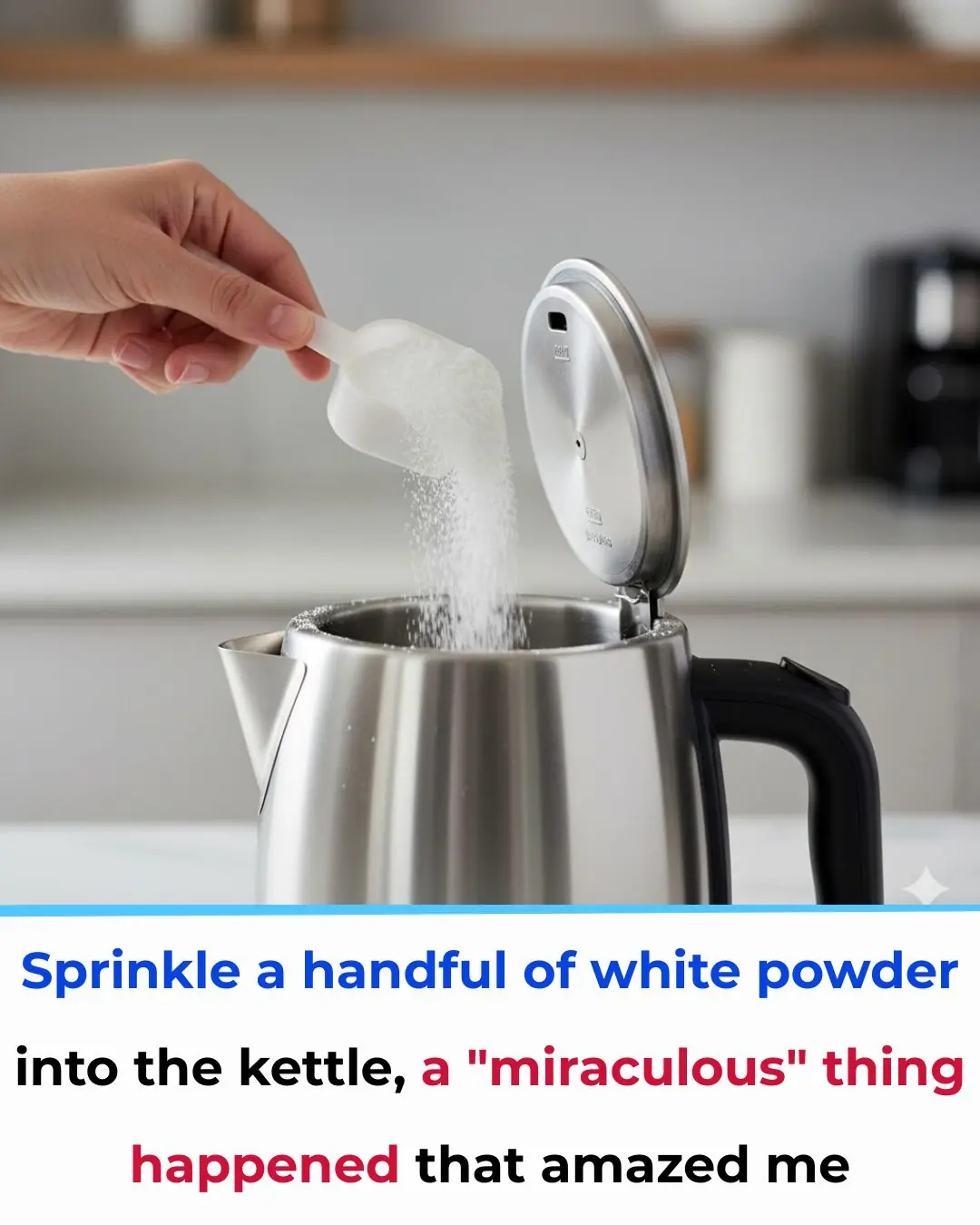
Sprinkle a Handful of White Powder into Your Kettle—The “Magical” Result Will Astonish You
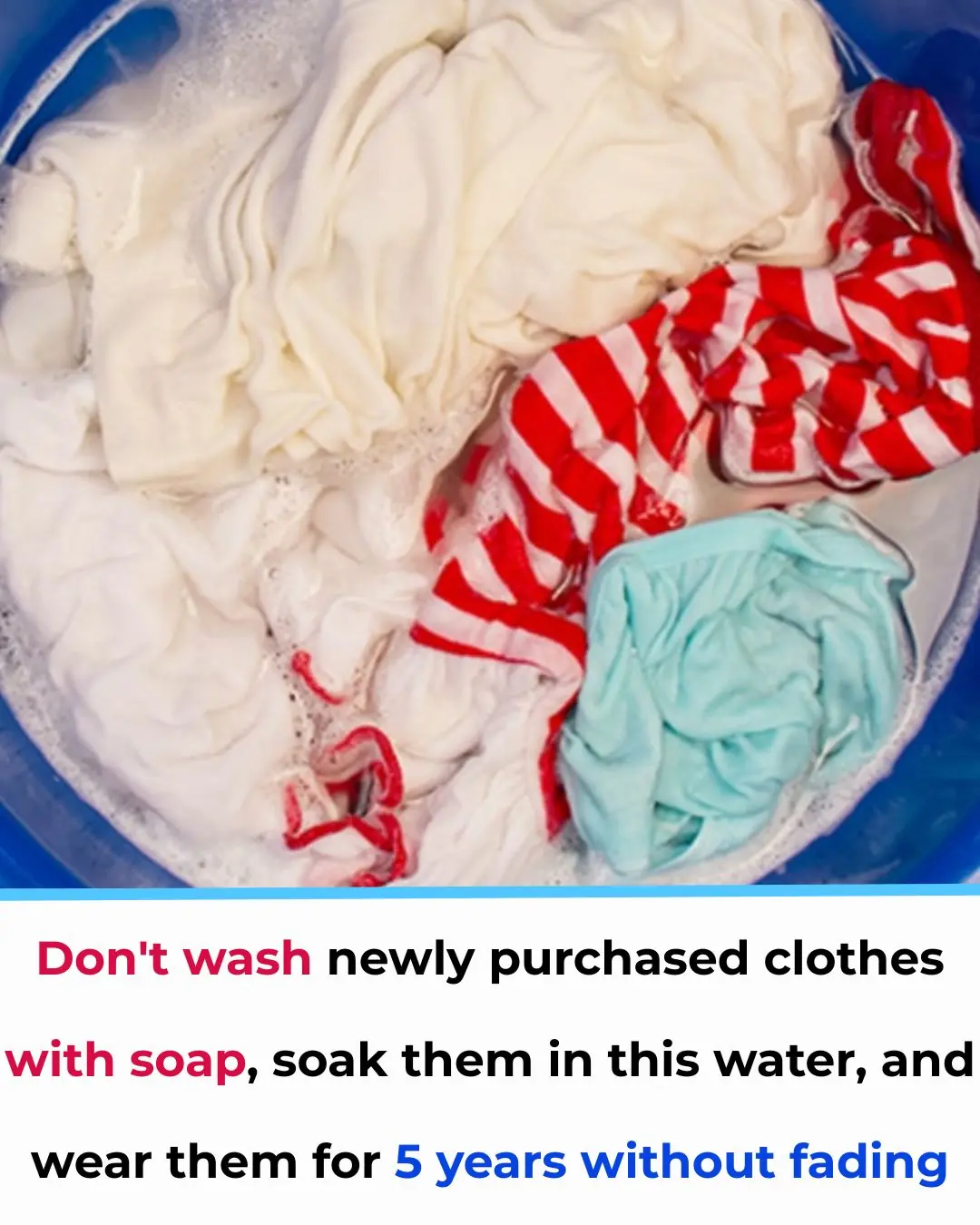
Don’t Wash New Clothes with Soap—Soak Them in This Instead, and They’ll Keep Their Color for 5 Years
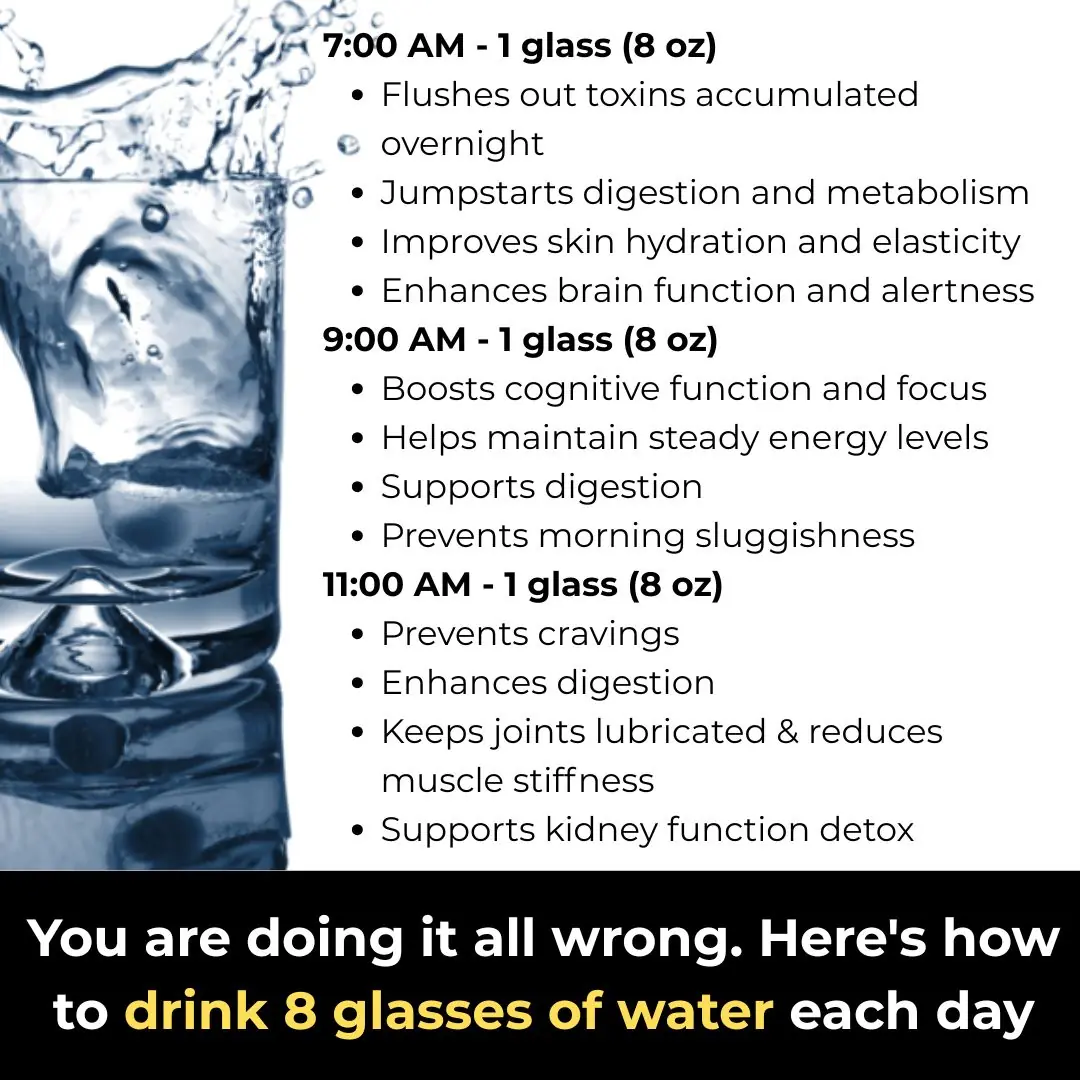
You are doing it all wrong. Here's how to drink 8 glasses of water each day
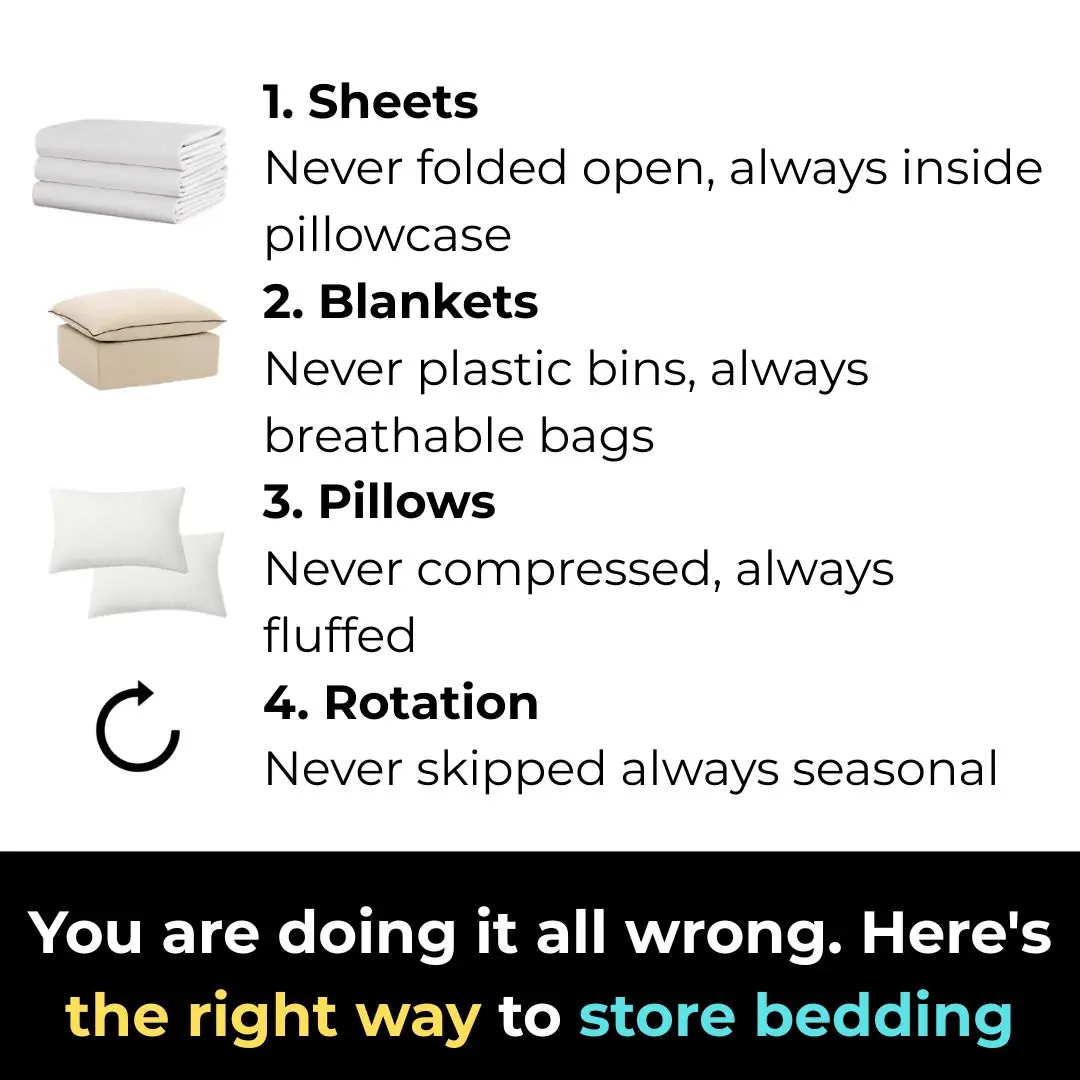
You are doing it all wrong. Here's the right way to store bedding
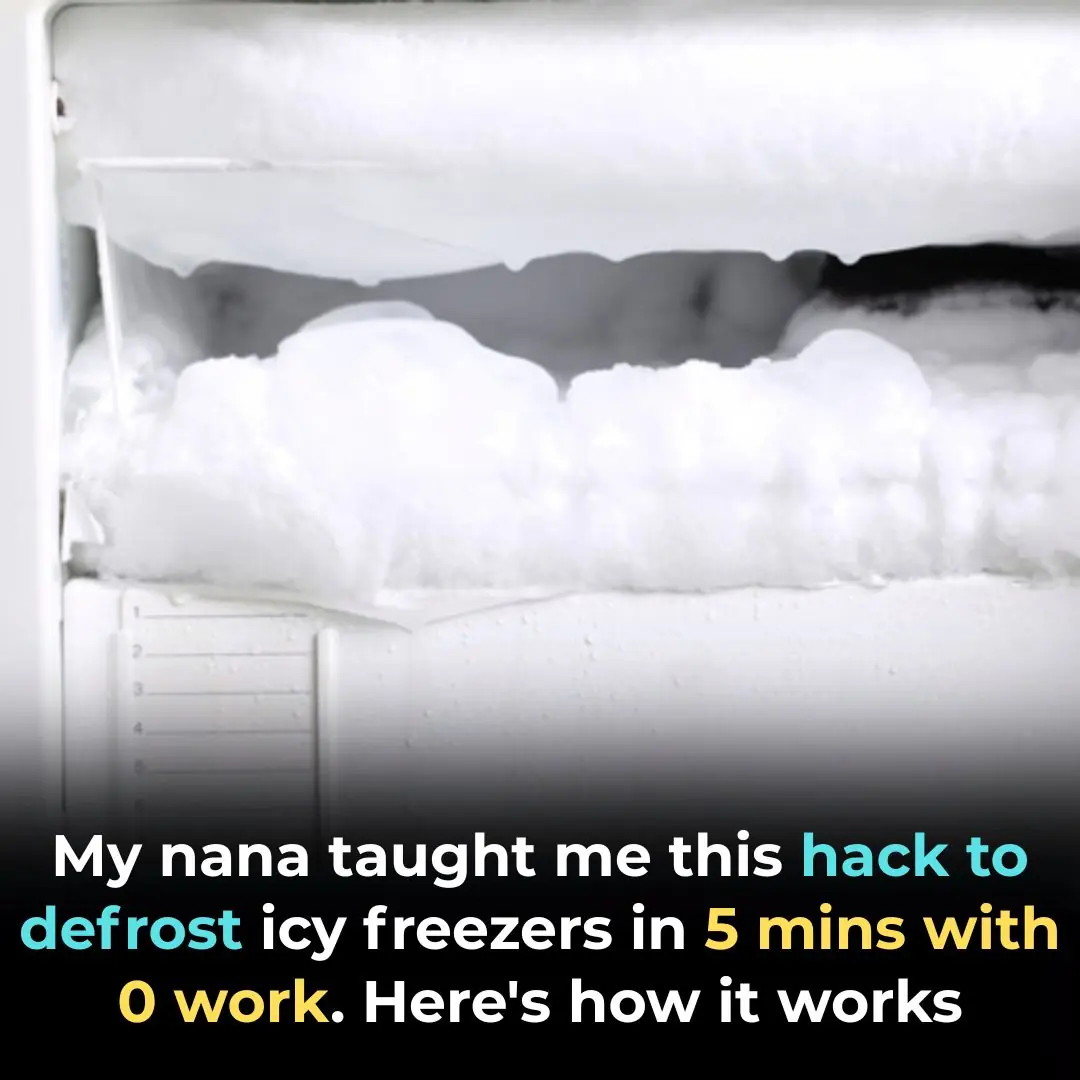
My nana taught me this hack to defrost icy freezers in 5 mins with 0 work. Here’s how it works

My nana taught me this hack to deodorize trash cans in 2 mins with 0 work. Here’s how it works
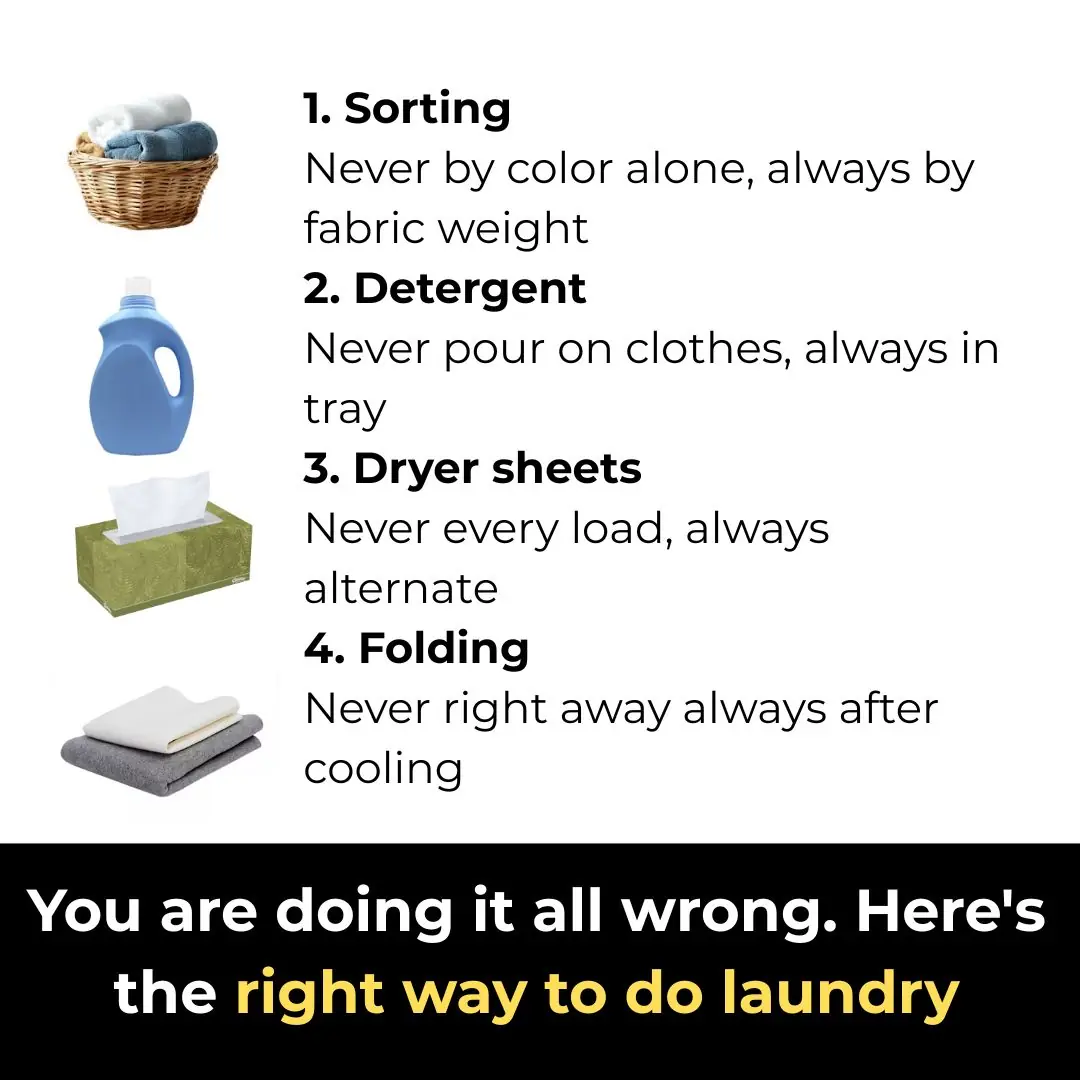
You are doing it all wrong. Here's the right way to do laundry
News Post

The Orange Peel Elixir That Cleanses Your Whole Body and Fights Diabetes, Cholesterol, and Blurry Vision
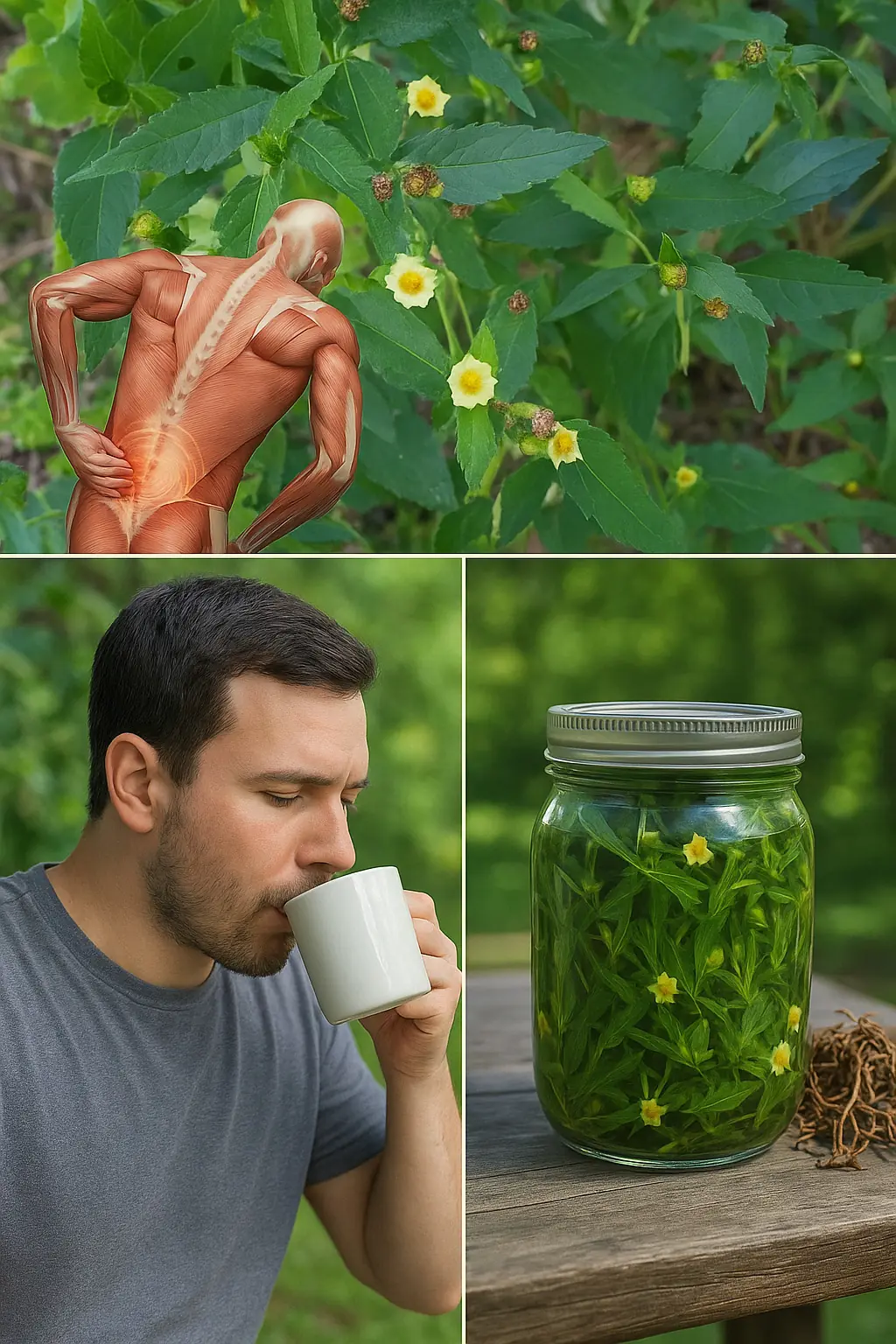
Stubborn Grass (Sporobolus indicus): The Resilient Weed with Hidden Healing Powers
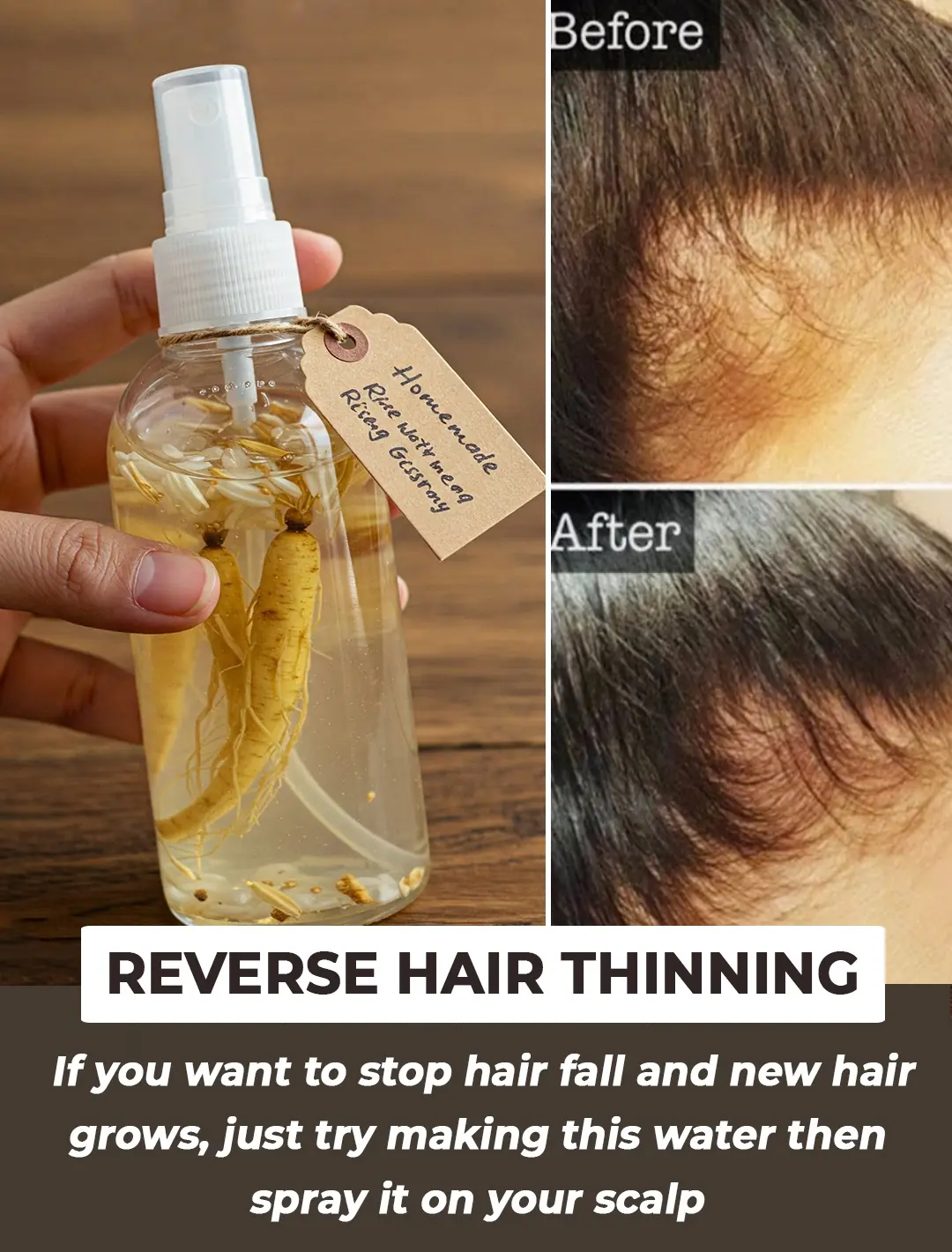
Boost your hair growth with rice water ginseng hair spray
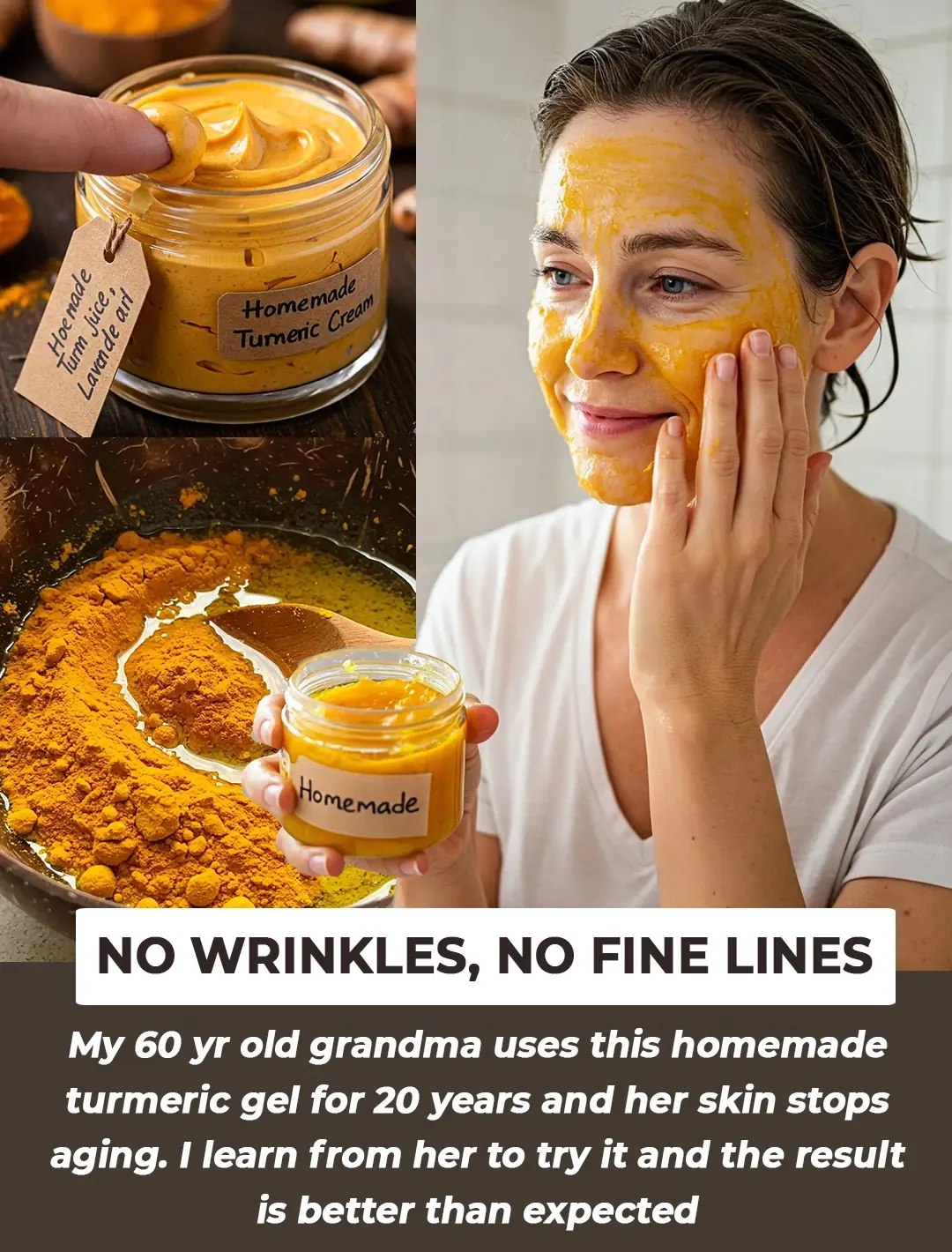
DIY Turmeric Gel For Ageless Skin: Unlock the Secrets of Radiant and Youthful Complexion
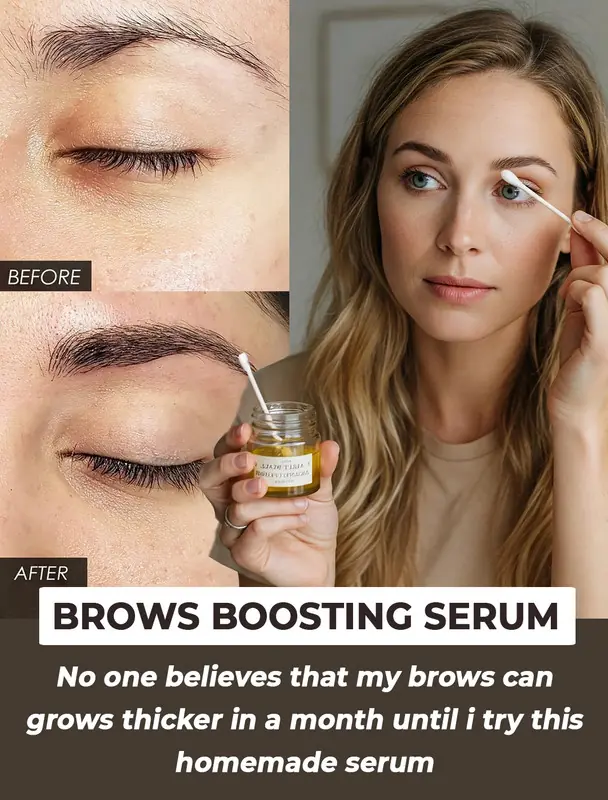
DIY Brow Boosting Serum: Thicken Eyebrows Naturally with Garlic, Castor Oil & Coconut Oil

Collagen Boosting Drink to Reverse Your Age: Get Spotless, Glowing Skin Naturally
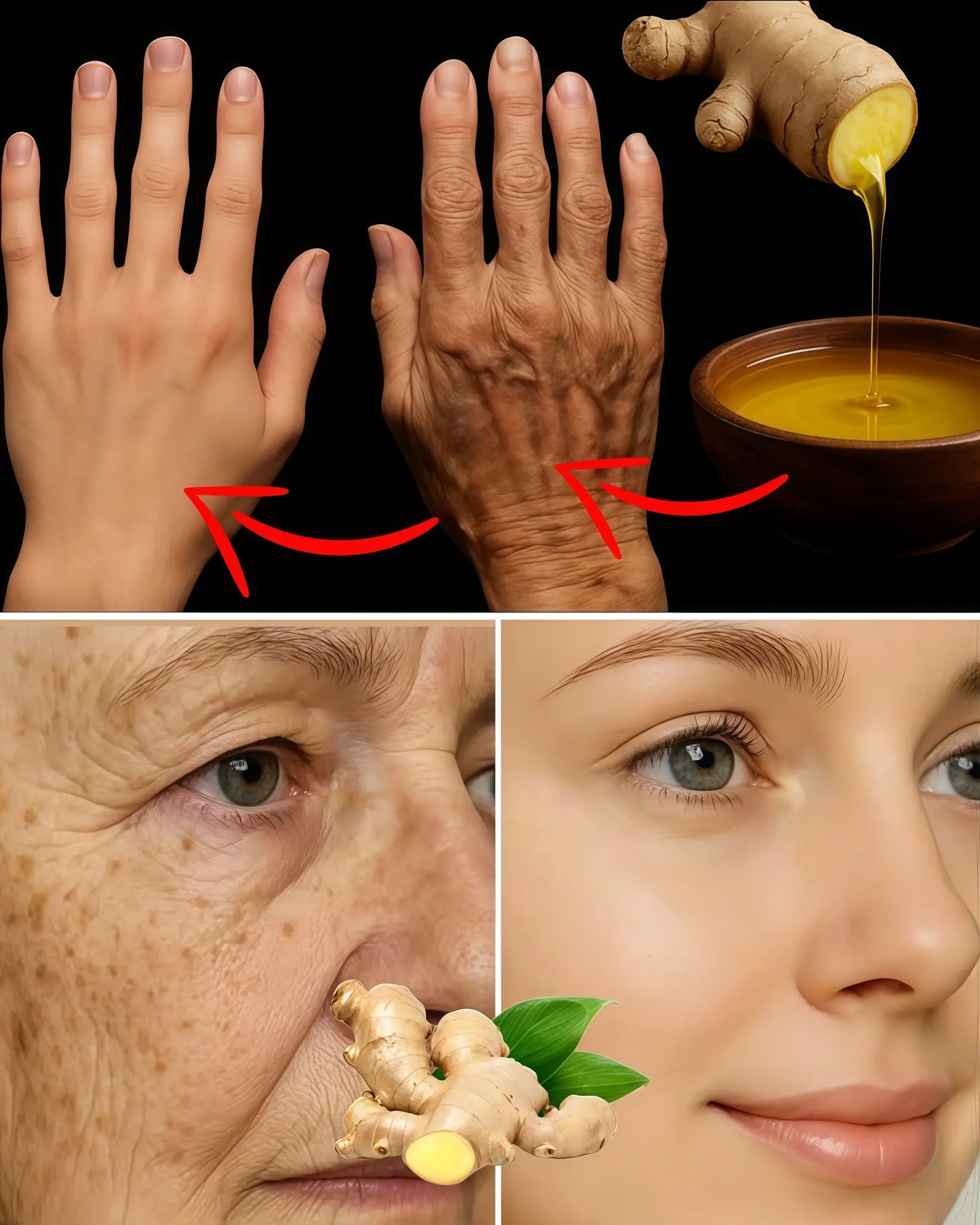
Ginger – 100 Times More Powerful Than Botox: The Natural Secret to Eliminate Wrinkles, Freckles, and Dark Spots
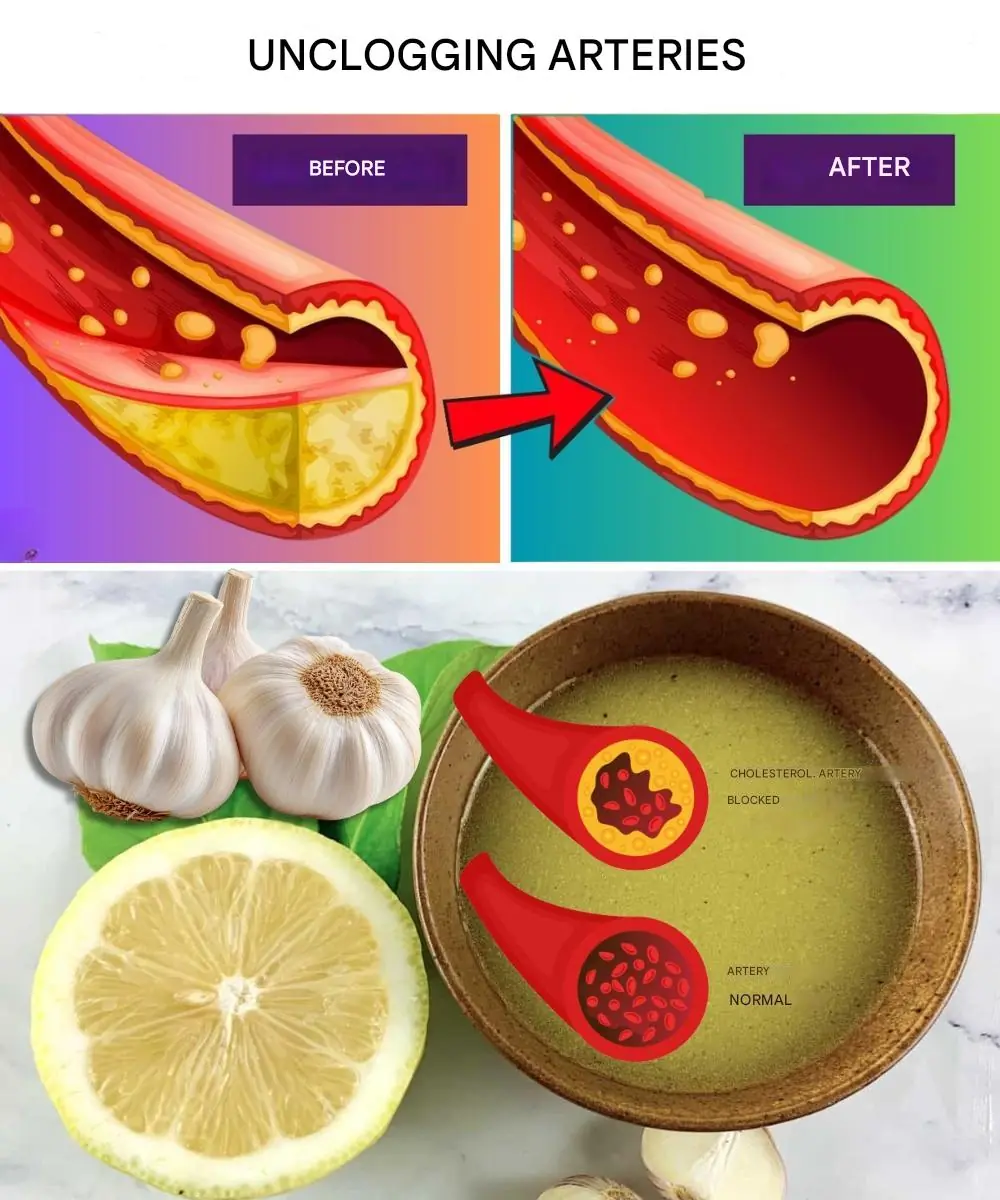
Clean Your Arteries Naturally with This Simple Homemade Juice — A Daily Tonic for Heart Health and Circulation

Red Onion Magic: The Little Kitchen Secret That Balances Blood Sugar Naturally

Cabbage Leaf Miracle: How to Relieve Joint Pain Overnight Naturally
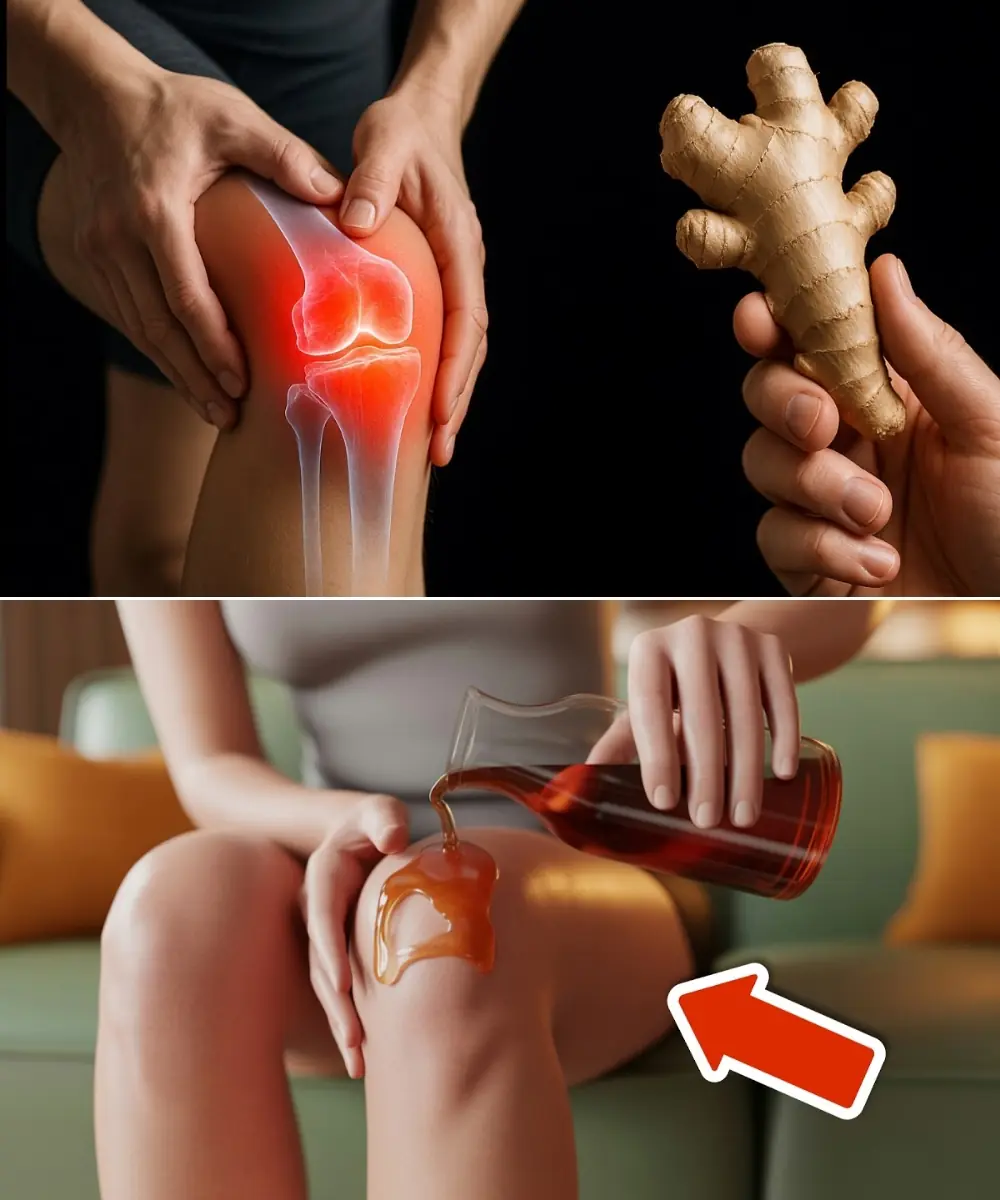
End Knee Pain Naturally: The Secret Power of Ginger Doctors Don’t Tell You

Proven Health Benefits of Dates (Dried, Fresh, Medjool) – Science Based
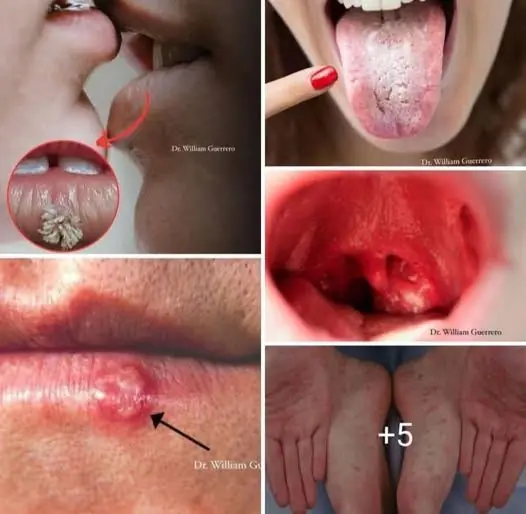
Mouth Cancer: Symptoms, Causes, Stages, and Treatment

How to Cure Sciatic Nerve Pain: A Guide to Natural Remedies

Is It Safe to Stay Inside a Car During a Thunderstorm?

Mixing Leftover Rice with Laundry Detergent: A Surprising Cleaning Hack That Works Wonders

Houttuynia Root: The Overlooked Part with Powerful Health Benefits
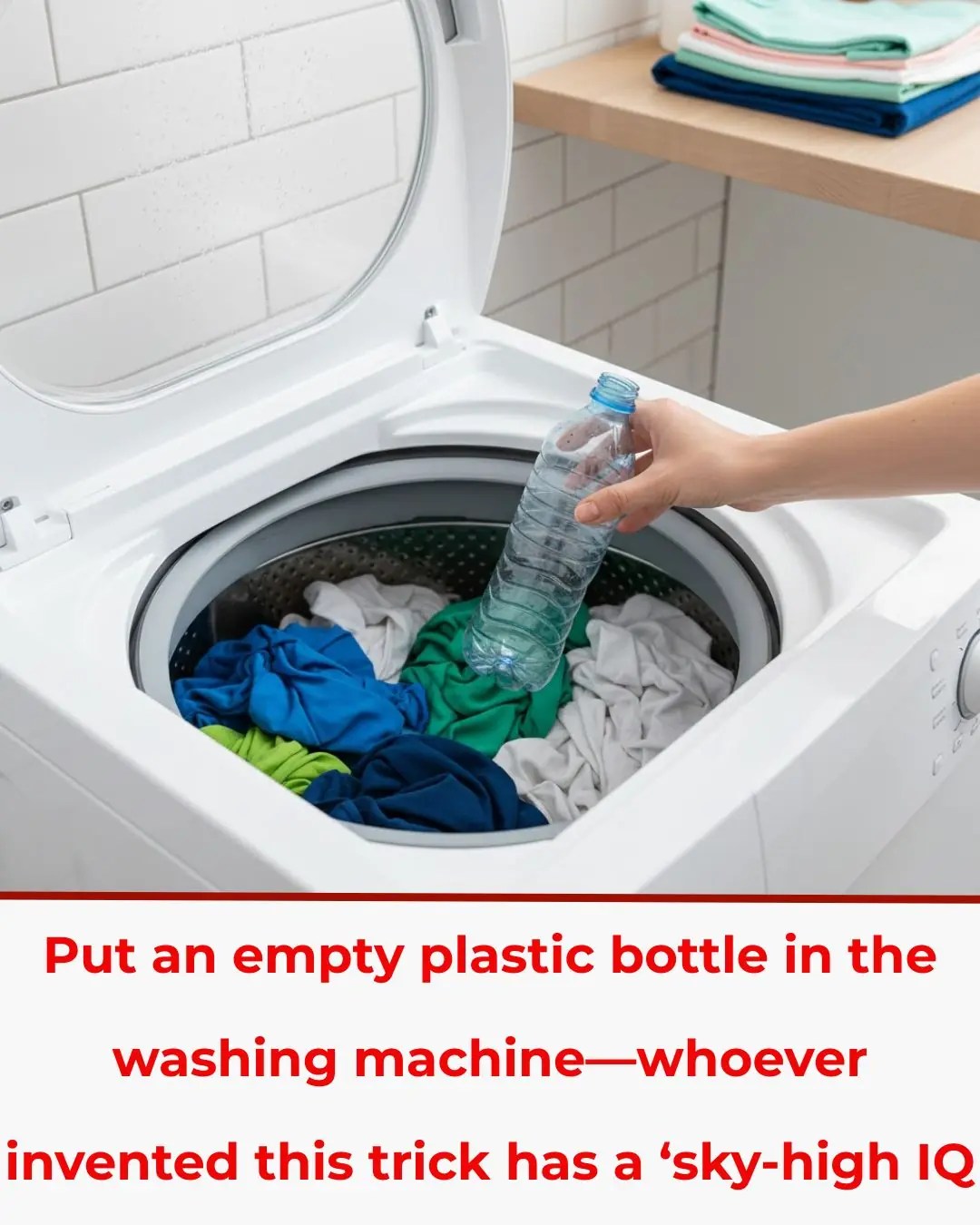
Plastic Bottle Laundry Hack: How a Simple Trick Reduces Detergent Waste and Environmental Impact

Vinegar Is the Key to Streak-Free Windows and Shiny Surfaces — But Most Use It Wrong
